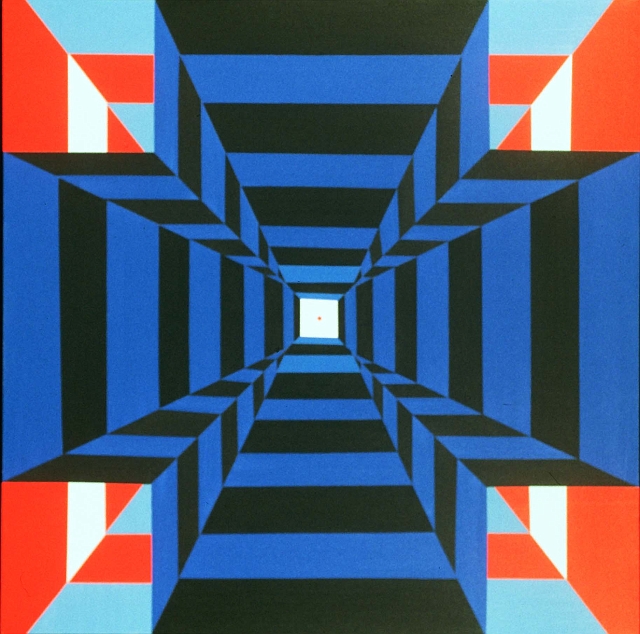|
LITR 4328: American Renaissance |
Model
Assignments |
 |
Rudy Rios
Poe, Whitman, and Dickinson: Exemplars of American Lyric Poetry.
Three poets stand out as exemplars of American literature during the Renaissance
period. Their styles beg
examination. They are Walt Whitman,
Emily Dickinson, and Edgar Allan Poe.
Their work bears examination, because each of their styles is unique.
This essay will examine how their styles compare, by looking at the
authors’ lyric poetry.
Let us first consider the term lyric
poetry. Homer’s epic poems are
among some of the first works to be considered lyric poetry.
In Greek, the poems lend themselves to singing.
Although they are not quite ballads, they are metered and structured in a
way that defines the essence of lyric poems.
American Renaissance authors, then, follow in a tradition of poetry
rooted in antiquity. According to
Doctor White’s course site, the poems written by the aforementioned authors are
full of imagery, sensory descriptions, and “Subjective feelings.”
Lyric poetry lends itself to Romanticism in that it dives into nature,
the gothic, and the sublime. It
pursues the desire of the heart, or the darkness of a cluttered mind, while
staying within the bounds of lyric poetry.
Poe is a poet whose love for form, imagination, and macabre fits well in
the category of lyrical poet.
Poe is an author in whom the idea of too
much comes often into the mind of the reader.
His poem, “The City by the Sea,” pulls the reader into a setting of
overwhelming excess: “Lo! Death has reared himself a throne” (1.1), “Where the
good and the bad and the worst and the best/Have gone to their eternal rest”
(1.4-1.5), “There open fanes and gaping graves” (3,1).
These are but a few examples of Poe’s use of extremes.
Specifically, the good, bad,
worst, and best are all crammed
together in one lyric line. Yet, in
spite of this excess, Poe conforms to
formal verse. He maintains rhyme
throughout the poem, varying only in pattern.
The formality and loquacity of Poe’s work stands in contrast to the works
of Dickinson and Whitman, whose works tend to be compact, though loaded with
imagery. Poe does not
surprise the reader with odd rhyme or untended form.
Rather, he, like the classic French writing, tends to over-describe the
elements in “The City in the Sea.”
He is a romantic writer. Karin
Cooper, in her essay, “American Renaissance Poetry: A Comparative Examination of
Poe, Dickinson, and Whitman” says that,
“…Poe is classic romanticism. With Poe, you are never in the present realistic
moment.” This opinion and my own
correspond with the definition of American Renaissance lyric poetry.
Emily Dickinson is in that fair middle-ground between the formality of Poe’s
poems and the father of American Free-verse poetry Walt Whitman’s.
“I heard a Fly Buzz When I Died” is an example of the poetry that is
lyric and free.
Consisting of only sixteen lines, the poem shows Dickinson’s love of
imagery, but it also shows her lack of care in form.
Some scholars have attributed this imprecision in form to her
homebody tendencies and her lack of
editorial exposure. As a result,
Dickinson tends to capitalize nouns, mid-sentence, and she uses hyphens at the
ends of nearly every line. Her
rhyme is almost nonexistent, relying on the last stanza for lyrical impact.
Her style is, nonetheless, Romantic and Gothic.
Sarah Hurt, in her essay, “Lyrical Poetry with Poe, Whitman, and
Dickinson,” says, “…Dickinson lends more to a mystical or “ephemeral” [sic]
(Dickinson Style Page) than the straight out [sic] gothic style of Poe.”
So, Dickinson shows the form of Poe and the free verse of Whitman.
The poet who set loose free-verse upon the world, like the deluge of old, is
Walt Whitman. “When I Heard the
Learn’d Astronomer,” is a model of wit and brevity.
Whitman writes here with no formal structure.
Unlike Poe, Whitman seems unbound from the conventions of the poetry of
others that wrote before him. This
work speaks of the tiresome and sick work of exact science (5), and juxtaposes
it to the, “… perfect silence …” of the stars.
The poem only quietly suggests lyrical style but shouts of the glory of
nature over science. The
anaphoretic structure of the first four scientific lines are abandoned by the
disarray of the last four. Ronnie
Abshier, in her essay, “Different Styles in romantic Poetry,” says, “Whitman
also uses parallelism in this poem as well, developing line 2 in the same way as
line 5 by reconfirming his meaning within the commas of the text.”
One can see that Whitman uses rhyming thought to convey his meaning, as
opposed to using the strictures of formal verse.
Whitman’s use of beautiful imagery romanticizes the disappointment of
scientific form by moving the reader from the lecture to the sublimity of
nature.
From the formality of Poe, to the freedom of Whitman, and the middle ground
provided by Dickinson, one can see the advent of American lyric poetry.
Each of these exemplars of poetic genius have different styles.
They plow the ground ceded unto them by their British kin and grow a
renaissance. Each of them gives
readers, glimpses of the sublime and the transcendent.
They press their words into forms, they explode their words into an
endless sky, and they keep their feet on the ground.


